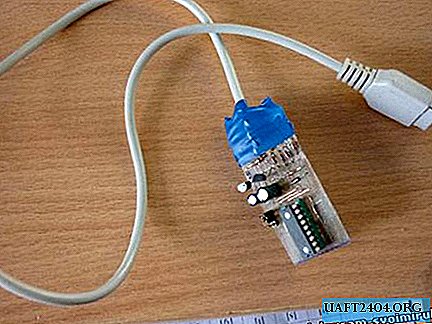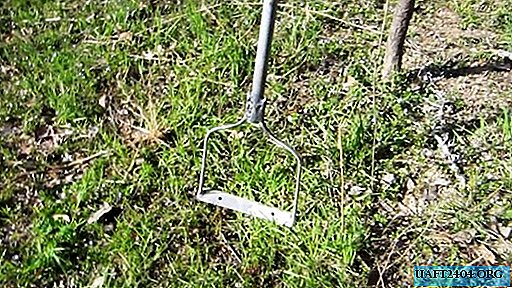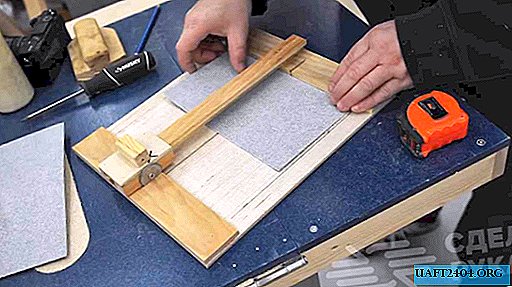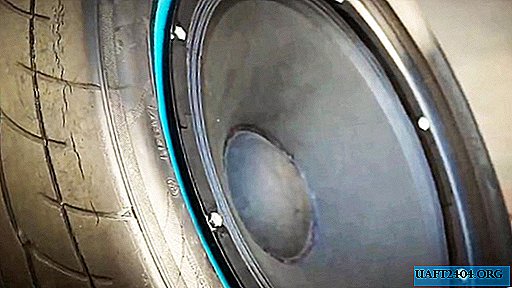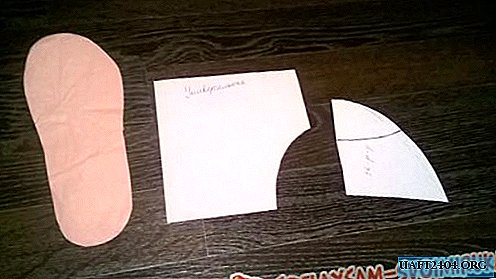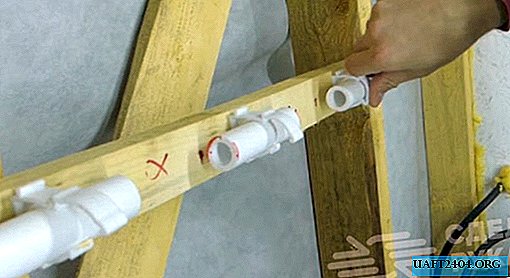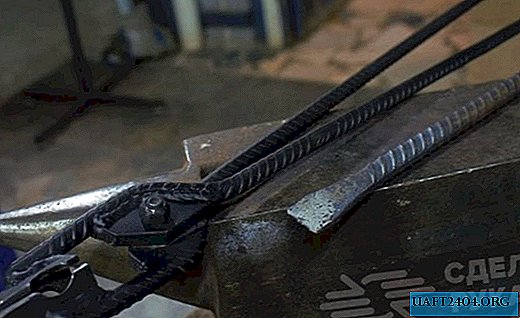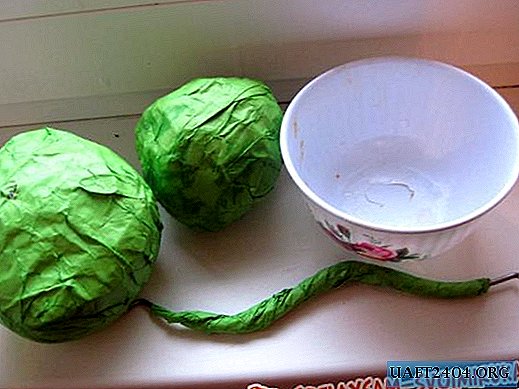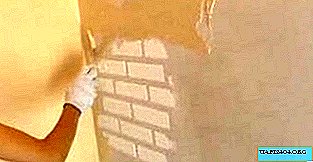
Brickwork fills any interior with a warm and homely atmosphere. To achieve such a visual effect in a room, it is not at all necessary to completely abandon traditional plaster or to lay walls with bricks. It is enough to resort to some design tricks, and your room will get an original look.

Tools and materials for decorating
To create a realistic imitation of masonry, you do not have to buy expensive building materials and carry out complex finishing work. You will need:
• decorative coating;
• narrow masking tape;
• pencil or felt-tip pen;
• spatula or spatula;
• building level.
As a decorative coating for the interior walls of the room, dry or paste-like stucco compositions on an acrylic, silicate or mineral basis are used. In addition, decorative plaster consists of auxiliary components: filler, modifying components, solvent and pigment substances.
Depending on the brand of the manufacturer and the base basis, the cost of decorative coating for interior walls may vary:
| Brand of decorative plaster | Price, rub | Volume kg | Consumption, kg / m2 |
| Rauf RAND, textured coating | 1000 | 15 | 1-1,5 |
| MacroMineral Bayramix | 2190 | 20 | 4,5-5 |
| DESSA DECOR, Modena | 3150 | 15 | 1-1,5 |
| De Luxe, Acrylic Silicone | 2140 | 25 | 2,3-2,5 |
Wall Decoration Technological Process
To create a brick pattern on the wall, it is necessary to mark the surface using the building level, felt-tip pen and narrow masking tape. First, it is necessary to make horizontal and vertical brick seams, observing the dressing - each subsequent row should be slightly shifted to the side relative to the previous one. It is recommended to start by marking the horizontal lines, and then stick on short vertical stripes. Thanks to just such a sequence, masking tape can easily be removed in the future.
When the wall marking is done, you need to apply a thin layer of decorative putty. The surface can be made smooth or immediately give it a texture. For greater convenience, it is better to use ready-made plaster mixes. After the putty layer has hardened slightly, strips of masking tape can be removed. Before painting, it is necessary to withstand a "technological pause", which will last until the surface completely dries. Then it remains only to remove small burrs and sand the wall with fine-grained sandpaper.


